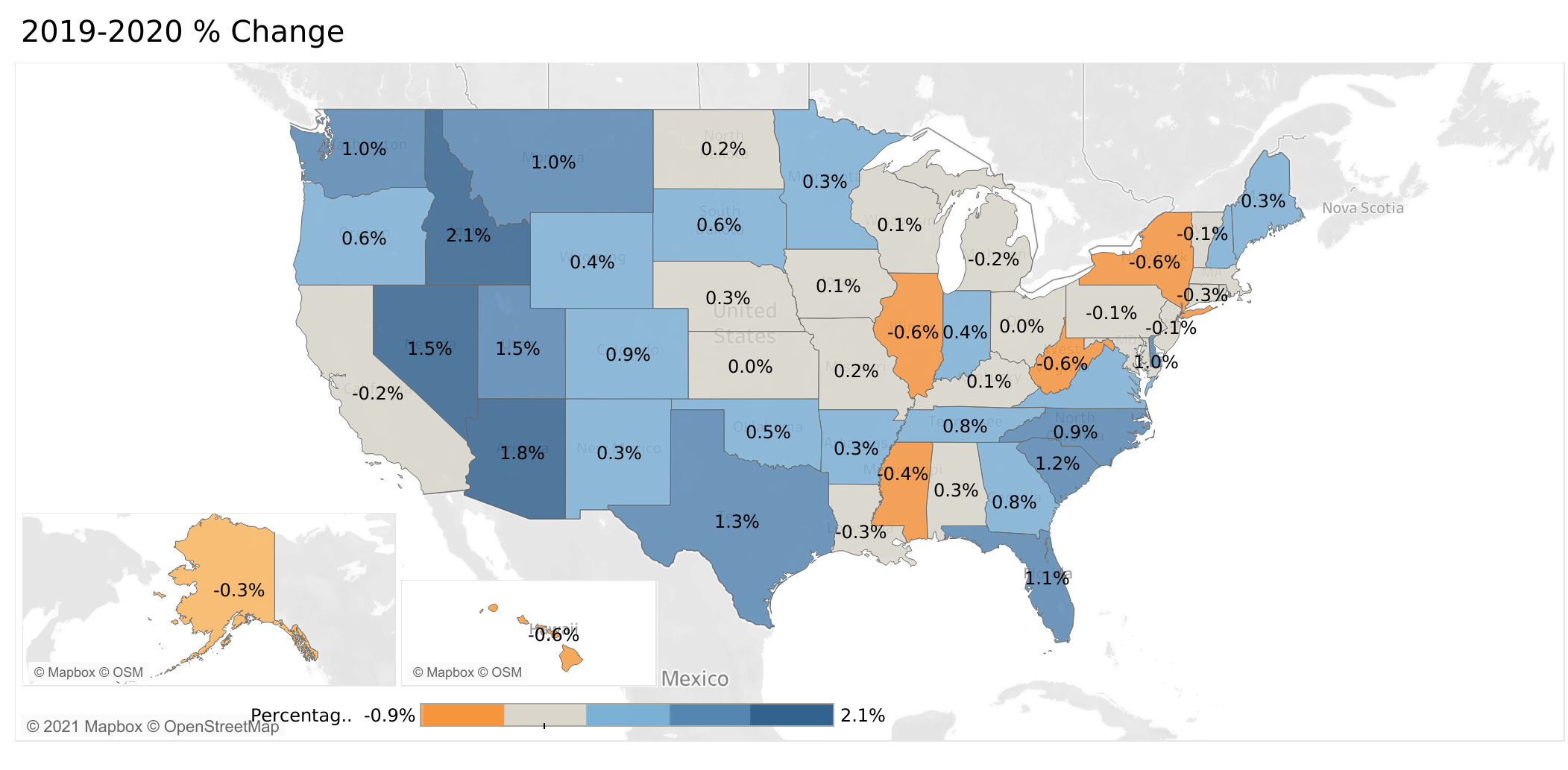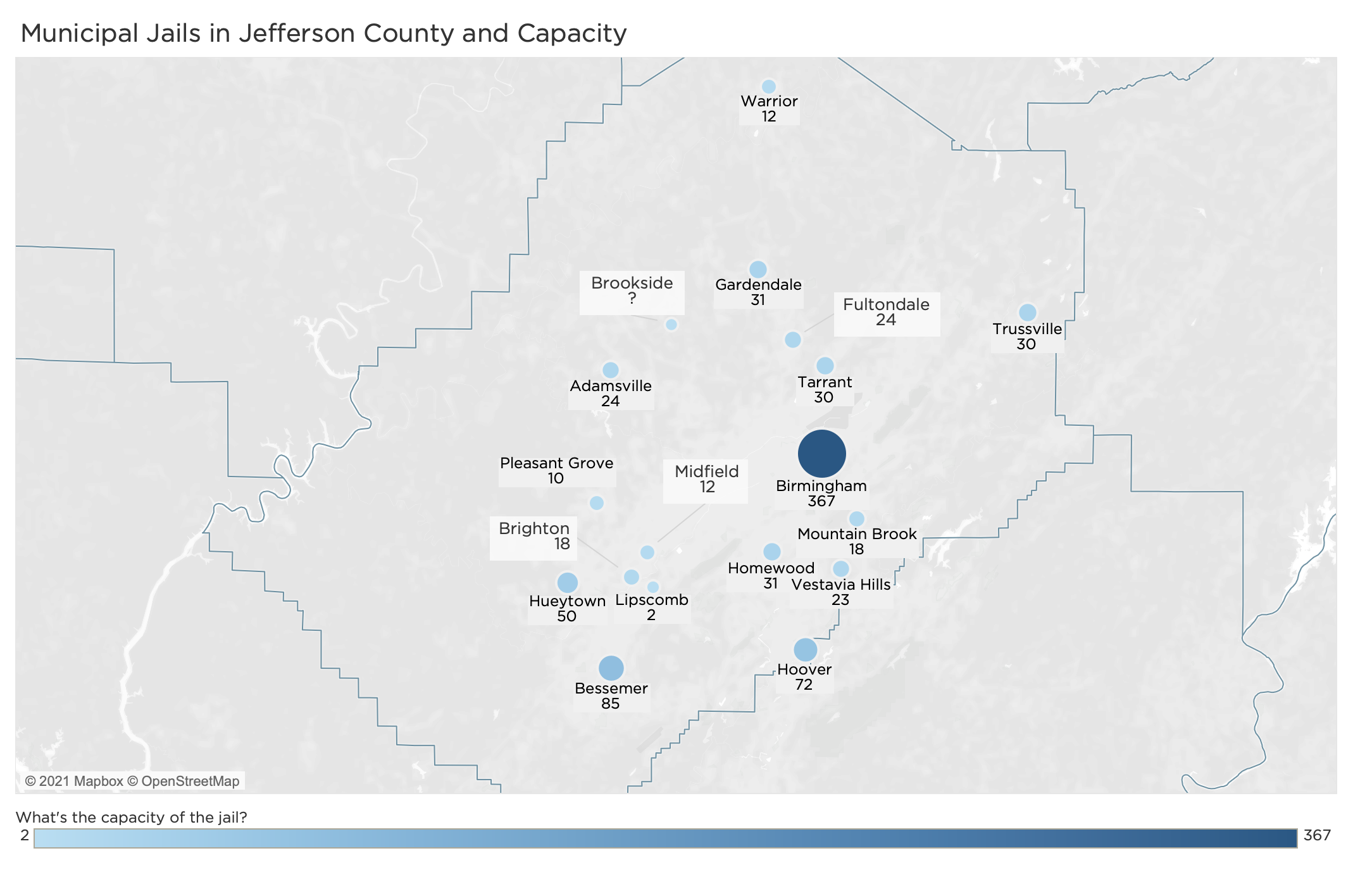
The big count with major consequences for Alabama continues, and it looks like it will come down to a very tight margin.
The decennial census for 2020, the official count of people living in the United States, is expected to be released in February. But in the meantime, in December, the Census Bureau released its annual population estimates for the states. According to those estimates, as of July 1, 2020, Alabama’s population would be just high enough to keep its current seven representatives in the U.S. House. In that scenario, New York would lose a seat.
However, the estimates don’t count; the Census does. And it is the population as of April 1 that matters when calculating each state’s proportional representation in Congress.
How will the count and estimates differ, particularly considering that the count (and the estimates’ calculations) took place in the time of a pandemic, with all the disruptions, delays, and difficulties that accompanied it?
And not only that. This Census count took place in a fog of unprecedented controversy over who the Census is supposed to count and how it might be used to determine apportionment. Judging by the estimates, Alabama and New York are the two states closest to the line for losing or gaining a seat.
Alabama vs New York
Alabama added a net total of 13,567 residents between July 1, 2019, and July 1, 2020, bringing the state’s total population to 4,921,532, according to the estimates released in December.
Using those figures in an apportionment calculator created by the University of Michigan’s Institute for Social Research, Alabama would maintain its seventh Congressional seat, but only by a margin of 6,210 residents. Under that scenario, the state of New York, which is losing population, would lose 2 Congressional seats. According to the estimates, New York suffered a net loss of 126,355 residents between July 1, 2019, and July 1, 2020.
Where did the two states stand three months earlier, on April 1? And how closely will the count correspond to the estimates? The count is supposed to tally the population before a spike in deaths in New York caused by Covid-19 and before an exodus from the city due to the extreme outbreak there. If by April 1, Alabama had not achieved its needed net gain in population, or if New York’s population hadn’t seen its big drop, the tables might turn. New York might lose just one seat, and Alabama might lose one.
Looking Back Over the Decade
Looking back over a decade, the estimates had Alabama growing moderately throughout the decade, with stronger growth relative to other states in the most recent years. In percentage growth, Alabama’s growth ranked 26 among the 50 states in 2020.
In the middle part of the decade, Alabama’s annual growth rate lagged, ranging between 0.25% to 0.23%. Between 2018 and 2020, the annual growth rate bumped up, ranging between 0.28% and 0.33%.
Southeastern Comparison
According to the estimates, Alabama’s growth rate was 3% over the course of the decade, adding 141,414 residents. That’s a stronger rate of growth than Mississippi and Louisiana, tied with Kentucky, and just behind Arkansas. The gap with other Southern states is wider: Tennessee grew 9% over the course of the decade: Georgia, 11%; North Carolina, 11%; and South Carolina, 13%. In 2010, Alabama’s population exceeded South Carolina’s population by 150,000. By 2020, South Carolina’s population was estimated to have exceeded Alabama by almost 200,000.
In terms of numeric change, Mississippi was estimated to have lost a net total of 1,343 residents between 2010 and 2020, while Louisiana, Arkansas, Kentucky, and Alabama gained between 100 and 150,000. Meanwhile, South Carolina and Tennessee each added over 500,000 residents; Georgia and North Carolina over 1 million and Florida, almost 3 million.
The South Region, as the Census defines it, was the fastest-growing region in the U.S. Beyond the Southeastern states, the Census South Region includes growth hotspots Texas, Virginia, D.C., and Maryland. It also includes West Virginia, which lost population at a faster rate, 4%, than any other state. Illinois suffered the greatest net loss in population, 244,042, over the course of the decade.


